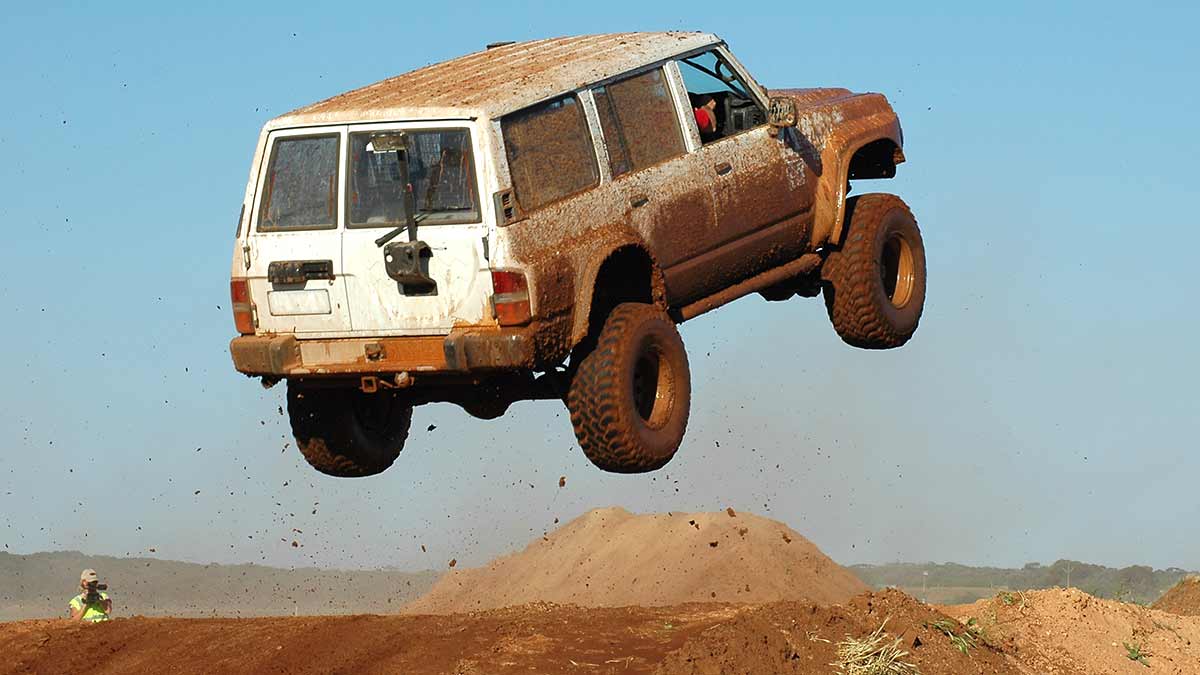Monsters of Rock: Pilbara Minerals says carmakers asleep at the wheel as lithium prices continues to accelerate

Pic: Getty
Pilbara Minerals (ASX:PLS) boss Ken Brinsden says analysts underestimate just how tight the lithium market is, and carmakers will struggle to find the lithium needed to fill EV orders as demand booms.
His comments suggest further price rises could be on the cards for the key battery metal.
PLS banked record operating cash flows from the miner’s Pilgangoora operations in the December quarter. It promises record high spodumene lithium concentrate prices of US$2600-3000/t in the upcoming March quarter.
Brinsden said on a conference call today that electric vehicle manufacturers did not do enough during the industry’s down period between 2018 and 2020 to support supply for the current explosion of EV demand.
“I don’t want to be trite but carmakers have been asleep at the wheel,” he said.
“They haven’t been paying enough attention to the supply base in battery raw materials in the last five years.
“And it’s coming back to haunt them because insufficient incentive was placed in the market when it was really required especially in that period 3-5 years ago to get to where we needed to be today.”
Brinsden said end users of lithium products had not sent enough capital to miners and failed to provide definitive offtake agreements when they needed to provide confidence to the industry.
That has created a dearth of new supply Brinsden said “now will take some years” to sort out.
Pilbara Minerals share price today:
To the winners go the spoils
Higher prices were somewhat offset by the impact of WA’s well documented labour shortages with PLS’ spodumene shipments falling from 91,549dmt in September to 78,679dmt.
Production of 83,476dmt was slightly below its 85,000-95,000dmt guidance range, which came after plant commissioning delays saw PLS reduce its FY22 production guidance by 60,000t from 460,000-510,000t to 400,000-450,000t last month.
But PLS banked $115.5 million in operating cash flow in the three months to December 31, pumping its bank balance up from $137.3m to $245m.
Average prices were in the range of US$1750-1800/dmt, with a record US$2350/dmt being paid for a parcel sold through its online Battery Material Exchange platform in October.
That should be blown out of the water by contract prices in early 2022 based on PLS’ forecasts.
Brinsden said spodumene is “not iron ore”, saying the market is so tight that chemical conversion plants in China, Japan and Korea with contractual obligations to supply battery and EV makers will pay “anything” to get their hands on the good stuff.
Price monitor Platts has seen lithium carbonate changing hands in the past week for as much as 386,000RMB/t, the equivalent of US$60,600/t.
“What it means is if a chemical converter is receiving US$60,000 or over US$60,000/t for their battery grade carbonate … they have approximately US$50,000 left to spend on their raw materials of which spodumene is obviously a major component,” Brinsden said.
“The chemical conversion industry can afford to pay a lot more for spodumene and my view is they likely will.”
Good news for lithium miners, especially given Brinsden, who noted PLS’ own challenges ramping up production as it expands its Pilgangoora plant and restarts the Ngungaju project next door formerly operated by Altura Minerals, said supply will be harder to increase than analysts think.
“Bringing on spodumene supply and lithium units globally is challenging,” he said.
“Especially when you think about the combination of volume, volume growth and quality and each of those are going to be overestimated in our view.
“In which case markets will continue to be tight for quite some time.”
Wait continues for commercial production from IGO-Tianqi
Also reporting a big increase in prices is relatively new lithium market entrant IGO (ASX:IGO), which says prices will rise threefold for concentrate from the Greenbushes mine from US$590/t to US$1770/t in the second half of FY22.
IGO and its Chinese partner Tianqi, however, continue to wait for the official start up of Australia’s first lithium hydroxide conversion facility in Kwinana.
The JV is set to deliver first battery grade production of lithium hydroxide this quarter after completing the construction of the first 24,000tpa train last year but won’t hit commercial production before June 30.
A FID on the recommencement of the plant’s train 2 development is expected later this year.
IGO’s net profits jumped 36% to $52.3M in the December quarter with sales revenues of $188 million broadly in line with September ($189m), largely driven by lower than expected costs and strong production figures from the Nova nickel mine, which sent EBITDA up 19% to $123m.
Meanwhile, IGO boss Peter Bradford played a dead bat to questions from analysts after releasing the miner’s quarterly results about whether it could be outmanoeuvred in its bid to takeover nickel rival Western Areas (ASX:WSA).
IGO secured a $1.1 billion, $3.36 a share cash deal via a friendly scheme of arrangement with the WSA board last year. The deal would extend the life of IGO’s nickel operations with its Nova mine running low on reserves.
But iron ore magnate Andrew Forrest has picked up a 9% stake through his private company Wyloo Metals after buying over $30 million worth of shares above the offer price, raising the prospect he could block or make a bid of his own after beating BHP (ASX:BHP) in a bidding war over Canada’s Noront Resources last year.
“The only bid is from IGO, it’s our understanding that no other parties have done due diligence and therefore we’re working together with Western Areas going full steam towards progressing the scheme booklet,” Bradford said.
IGO share price today:
Related Topics

UNLOCK INSIGHTS
Discover the untold stories of emerging ASX stocks.
Daily news and expert analysis, it's free to subscribe.
By proceeding, you confirm you understand that we handle personal information in accordance with our Privacy Policy.








